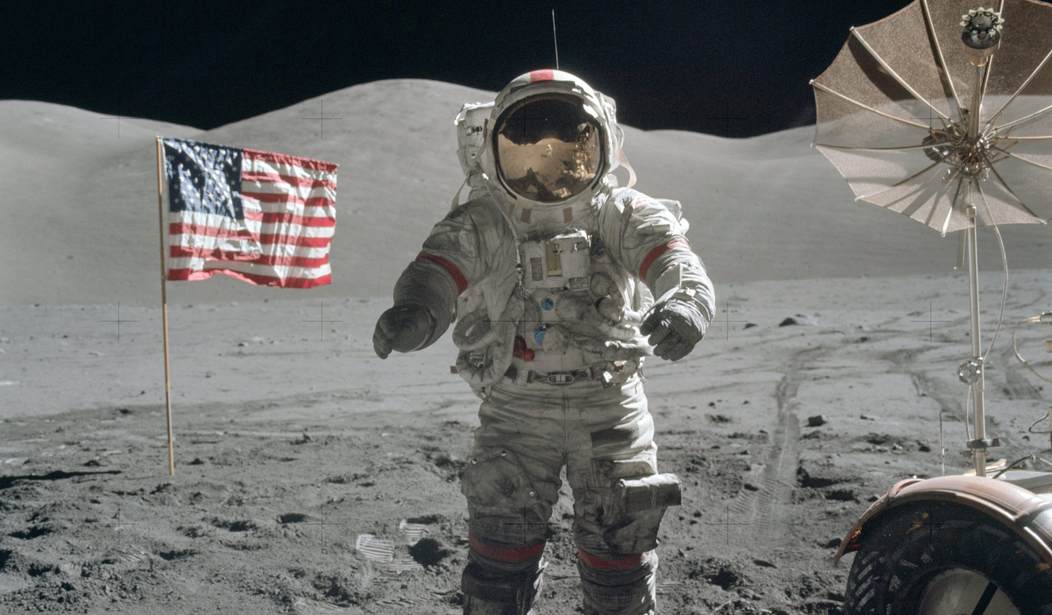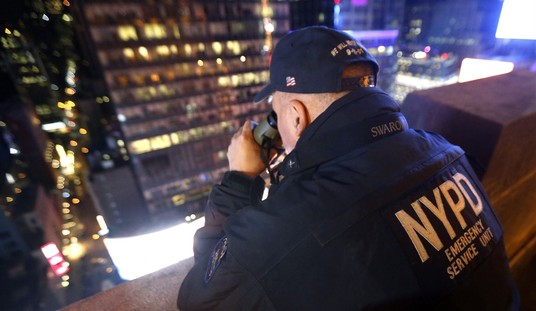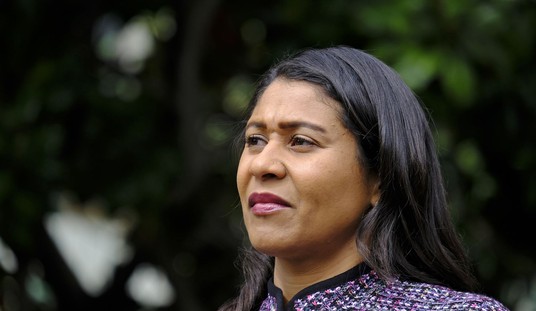My family and I moved back to Texas years ago, but when we lived in Maryland, we lived in a great little neighborhood north of Baltimore. It was built in the 1940s and 50s and was by the 1990s, a mix of its first generation and ours. Our neighbors on both sides were first generation, retired. We’d been told that the retired man on our south side, Mr. Bob (I don’t remember his last name now, it’s been a while), had become a bit of a curmudgeon since his wife had passed away, so don’t take it personally if he’s not too friendly.
But Mr. Bob turned out to be very friendly to us and our son after he was born. He always said hello to us when we were in the yard, and he always gave us vegetables from his garden. He was an excellent gardener. He’d smile when he saw us playing in the yard. Once in a while, across the fence, he’d tell me a little about the history of the neighborhood, how his house was the first built when the whole area was still a farm, and why his house faced mine — the developers planned a road there, but decided not to build it. So his house faced sideways, toward a road that never was.
But he never told me anything about himself. I had no idea what he’d done for a living, and I’d not told him what I did, either. He had been retired for decades by the time we moved in. We just never talked about work.
That changed one day. It was just a few days before Christmas. We’d heard Mr. Bob had a huge train set in his basement. I’d asked him about it one day across the fence, and he invited me and our son to come in and take a look at it. So a few days later, we knocked on Mr. Bob’s door and he let us in.
We didn’t get to see the train set. He’d been having issues in his basement. Nearly every house in that neighborhood had basement issues. Instead, probably to break up an awkward silence, he asked what I did for a living, and I asked what he had done. I told him I was working on the Hubble Space Telescope project at Johns Hopkins. His eyes lit up.
With a proud grin, Mr. Bob told me we had a lot in common. He rummaged around a bit, pulled out a large drill bit part and showed it to me.
I don’t remember the exact quote, but as he handed me the drill bit he said something like “There’s one of these on the Moon, and I designed it.”
I was stunned.
Mr. Bob went on to tell me and my little boy about the big thing he got to be involved in. He had also worked for a NASA contractor decades ago just as I did. And he had helped design the instrument the astronauts used during Apollo 17 to drill into the lunar surface to take core samples of the Moon. The drill bit he handed me was identical to the assembly he’d helped design. They let him take it home after Apollo ended.
I think about him every once in a while, and more often over the past week or so with the 50th anniversary of Apollo 11. The Moon landings are a fact — just ask Buzz Aldrin, if you’re brave enough. The conspiracy theorists aren’t just questioning Neil Armstrong, Buzz Aldrin, and the other astronauts who say they walked on the Moon. They’re also questioning the unknown and unsung thousands — people like Mr. Bob — who worked on the missions far away from the headlines, people whose legacy is in their inventiveness, their persistence, and their blood, sweat, and tears here on earth.
Mr. Bob passed away a few years ago. He was one of those 400,000 people who accomplished the near impossible. His legacy, in the form of that drill, is among the archaeology of the Moon.









Join the conversation as a VIP Member